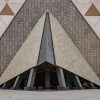Exploring Coptic Cairo is like stepping into a page from history where every corner, every stone, and every fading fresco tells a story. This remarkable district, nestled within the heart of modern Cairo, is a testament to Egypt’s layered history, showcasing the endurance and adaptation of the Coptic Christian community through centuries. It’s a place where ancient civilizations converge with early Christian heritage, highlighting the rich tapestry of cultures that have contributed to the Egyptian identity. As we wander through its narrow lanes, past churches that date back to the very dawn of Christianity, and alongside buildings that have witnessed the ebb and flow of empires, we gain not just a deeper insight into the past, but also an appreciation for the resilience and vibrancy of the present Coptic community. Delving deeper into Coptic Cairo reveals more than historical facts; it offers a narrative of survival, faith, and a cultural syncretism that continues to shape the soul of Egypt. Let’s explore the enduring legacy of this fascinating district and uncover the stories that lie within its ancient walls
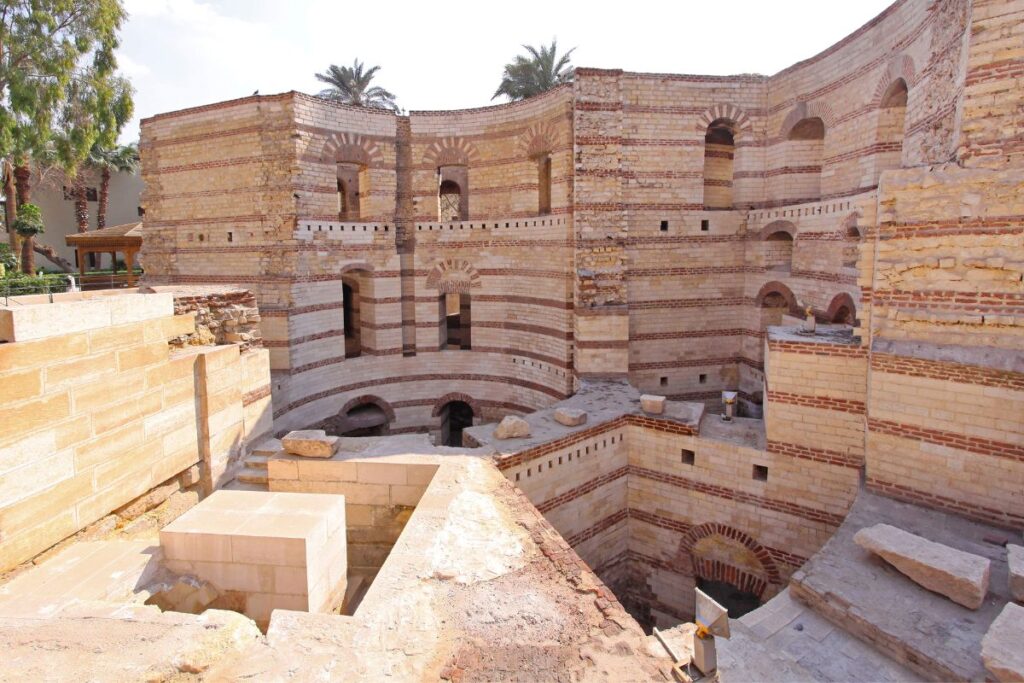
The Origins of Coptic Cairo
The area now known as Coptic Cairo has been a significant settlement since at least the 6th century BC. Originally established by the Persians, who constructed a fort along the Nile and a canal linking the Nile to the Red Sea, the area was known as Babylon. This settlement gained prominence as nearby Memphis and Heliopolis declined. However, during the Ptolemaic period, Babylon and its inhabitants fell into obscurity, only to re-emerge as a focal point of Christian history.
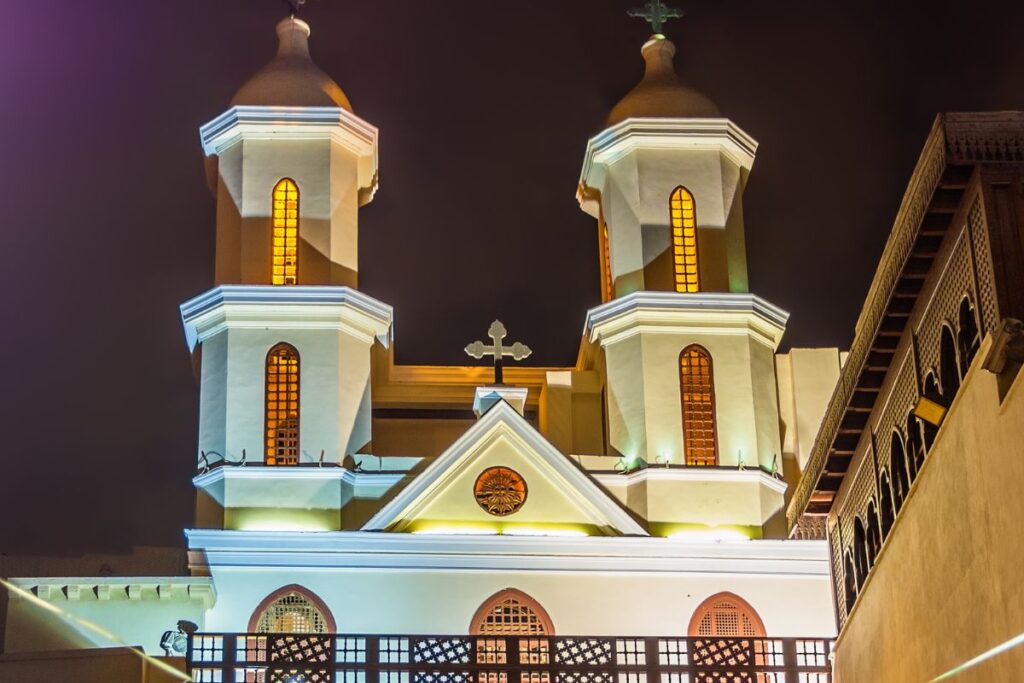
The Christian Era and Beyond
Tradition holds that the Holy Family sought refuge in this area during their flight into Egypt. Christianity began to spread more widely in Egypt with the arrival of St. Mark in Alexandria. Despite initially remaining underground during Roman rule, Christianity’s influence grew, leading to the conversion of a significant portion of the population.
Under Roman and later Byzantine rule, the Christian community faced persecution, particularly under Emperor Diocletian. However, the resilience of the Coptic Church led to its separation from the Roman and Byzantine churches, marking the beginning of a distinct Coptic identity.
With the Muslim conquest of Egypt in the 7th century, the administrative center shifted to Fustat, outside the Babylon Fortress. Yet, the Copts were allowed to construct churches within the old fortress area, leading to the establishment of some of Cairo’s oldest churches, like the Church of Saint Barbara and the Church of Saints Sergius and Bacchus.

The Medieval Period and Its Legacy
The Fatimid period saw the Coptic Patriarchate move from Alexandria to Fustat, bringing the Coptic Pope closer to the political center. Despite periods of tolerance and intolerance under successive rulers, Coptic art and literature continued to flourish.
The Convent of Saint George and other significant sites in Coptic Cairo are testaments to the endurance and cultural richness of the Coptic community. European travelers in the medieval period documented the ancient fortress and its churches, while the 17th century saw a revival in church construction and art patronage, thanks to a more open religious climate under the Ottomans.
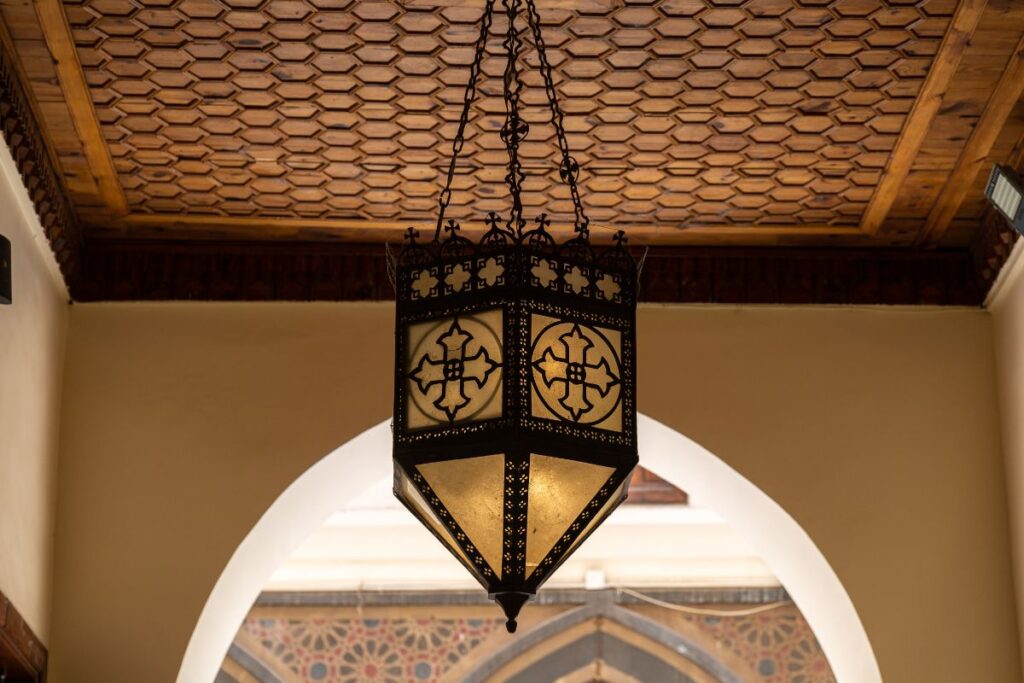
Conservation Efforts
By the late 19th century, many churches in Coptic Cairo were in a state of neglect. The establishment of the Comité de Conservation des Monuments de l’Art Arabe in 1881 marked the beginning of concerted efforts to restore and conserve Cairo’s historic monuments, including Coptic sites. The opening of the Coptic Museum in 1910 further underscored these conservation efforts, housing the world’s most significant collection of Coptic art and artifacts.
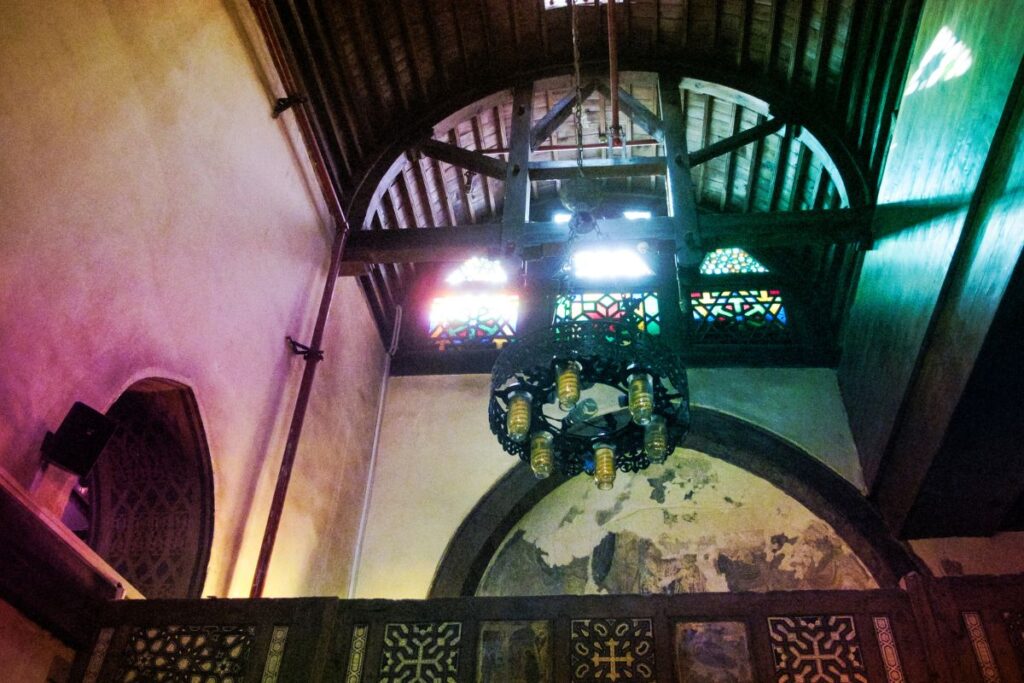
Travel Guide to Coptic Cairo
Navigating the Coptic Quarter
To fully experience the Coptic Quarter, you can enter through three main points: a descending staircase opposite the footbridge over the metro leads into a network of quaint cobbled lanes; the main entrance takes you to the Coptic Museum, a treasure trove of history; and a southern door opens to the renowned Hanging Church. With over 20 churches once contained in this compact area, the stories and heritage they hold are immense.
Tips for Visiting
- Respectful Attire: Modest dress is appreciated, especially when entering churches and religious sites.
- Photography: Always ask for permission before photographing people, and be mindful of photography restrictions in sacred spaces.
- Guide Services: Consider hiring a local guide to enrich your understanding of the sites and their historical context.
Best Times to Go
The best times to visit are during the cooler months from October to April, when the weather is pleasant, making exploration more comfortable.
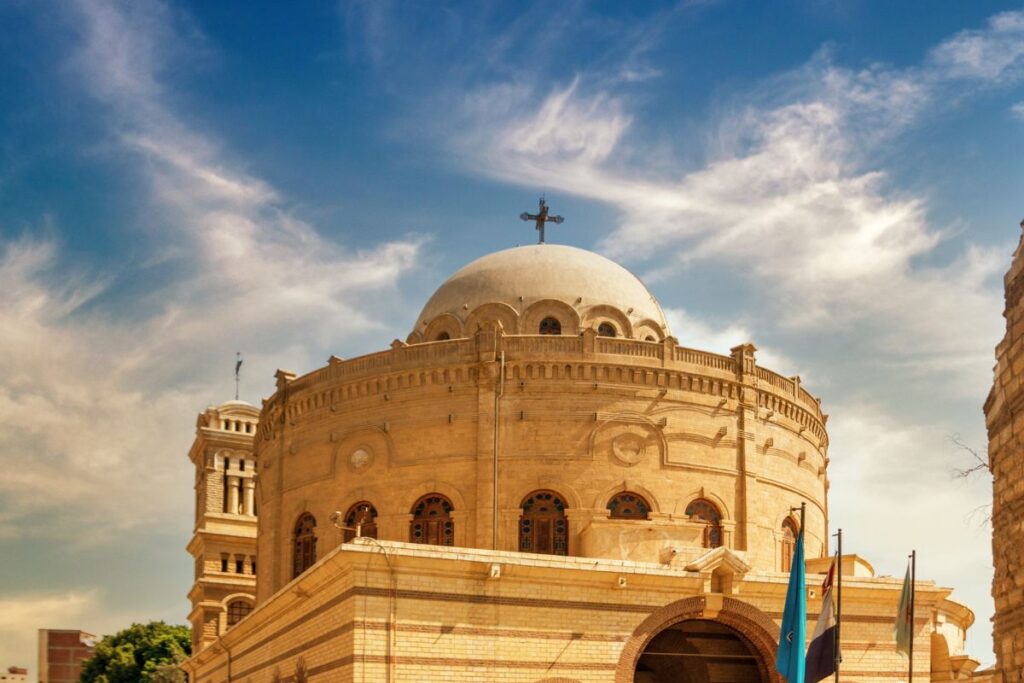
Must-See Sites
- Coptic Museum: Begin with the Coptic Museum to immerse yourself in the art and artifacts that span centuries of Coptic history.
- Hanging Church (Saint Virgin Mary’s Coptic Orthodox Church): Marvel at this church that seems to float above the gates of Babylon Fortress, renowned for its stunning architecture and iconography.
- Greek Church of St. George: An impressive circular church that stands atop an old Roman tower, offering a unique architectural experience.
- Saints Sergius and Bacchus Church (Abu Serga): Visit this ancient church, believed to have been built on the spot where the Holy Family rested during their flight into Egypt.
- Babylon Fortress: The fortress provides a glimpse into the strategic importance of this area through various epochs, from the Roman period to the Islamic conquest.
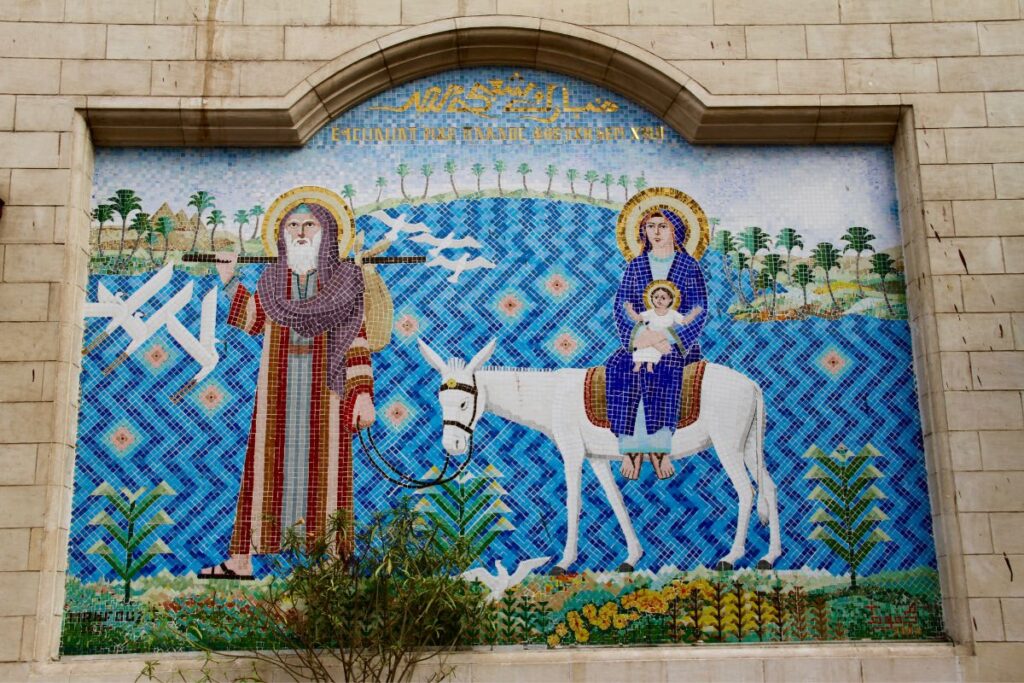
The Coptic Christian Community Today
The Coptic Christian community in Egypt is a vibrant testament to the enduring strength of faith and tradition. Despite facing challenges, the community thrives, contributing significantly to Egyptian society in various fields. Copts celebrate numerous festivals and religious occasions, with Christmas on January 7th and Easter varying each year according to the Coptic calendar. One of the most visually stunning traditions is the celebration of Sham El-Nessim, marking the start of spring, a tradition dating back to Pharaonic times.
Coptic Christians play a crucial role in the tapestry of Egyptian culture, preserving unique traditions, languages, and arts that date back millennia. Their churches are not just places of worship but are also guardians of history, offering a bridge between the ancient and modern worlds.
In Conclusion
Coptic Cairo is a living museum, a place where history breathes through the stones of its ancient buildings and the faith of its people. It’s a testament to the resilience and richness of the Coptic heritage, offering a unique window into the past of Egypt and the enduring spirit of its people. Whether you’re drawn by the quest for spiritual insight, historical knowledge, or simply the allure of its ancient streets, Coptic Cairo promises an unforgettable journey into the heart of Egypt’s Christian heritage.



